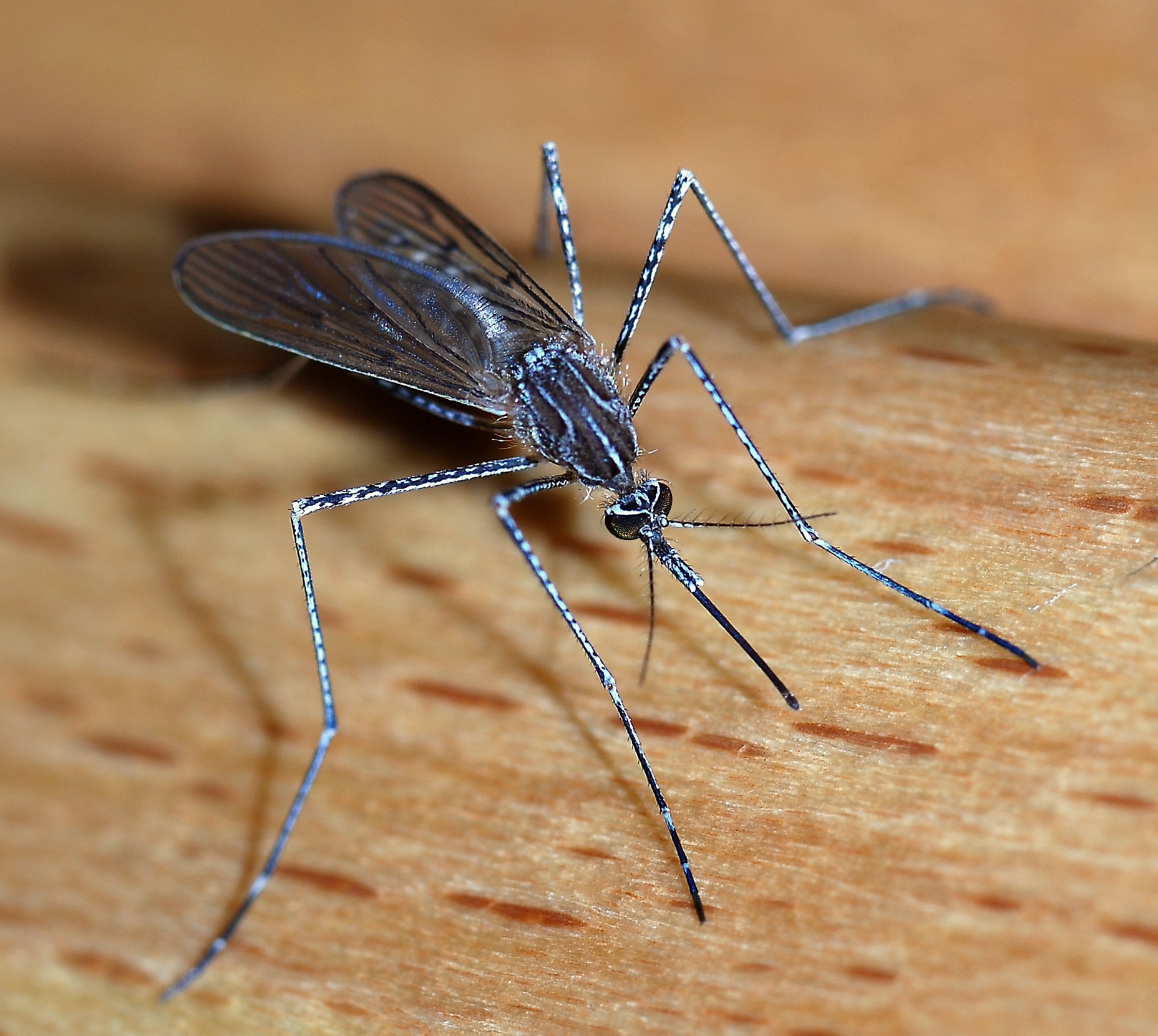
Zika reportedly hit “from 440’000 to 1’300’000 people,” so far.
Brazilian Health Authorities believe the Zika virus could be behind the skyrocketing of microcephaly cases in certain zones of the country. By stinging the woman, the insect would stunt the correct head’s development in the early stages of the pregnancy.
For this reason many have strongly recommended that women, whether they are pregnant or wishing to conceive, stay clear of Brazil.
The list of countries which may be hit by the disease includes also Colombia, El Salvador, French Guiana, Guatemala, Haiti, Honduras, Martinique, Mexico, Panama, Paraguay, Suriname, Venezuela, and the Commonwealth of Puerto Rico.
The virus is reportedly carried by the same mosquito that carries dengue, yellow fever and chikungunya. Among its symptoms include a rash, fever, joint pain, conjunctivitis, muscle pain, headache and vomiting. The Panamerican Health Organization (PAHO), however, has warned that only 1 in 4 people infected show symptoms of the illness.
Spreading potential
According to studies, many zones on the planet are exposed to the potential of the development of the mosquitoes responsible for carrying the virus. Over 60% of the population of the US, Argentina and Italy live in areas that could be hit the virus in the future.
Among the greatest causes of concern, are the upcoming Olympic Games, which are going to take place in Brazil this summer. The authorities are currently mapping the most frequent destinations visited from Brazilian airports, in order to try to locate the world zones where the virus is most likely to have spread due to international travellers.
Treatment and prevention
To date, no treatments for Zika virus are available. However, doctors have advised that people who have been diagnosed with Zika or simply show some of the symptoms take simple measures like resting and increasing fluid intake to prevent dehydration.
Since the virus is carried by mosquitoes, it is paramount to take precautions against these insects. It has been advised to wear long-sleeved garments, use repellent containing DEET and avoid allowing standing water to collect in the surrounding areas.
According to the American medical journal “The Lancet,” the epidemic has escalated “from 440’000 to 1’300’000 people,” to date.
[Image by CC BY-SA 3.0]
